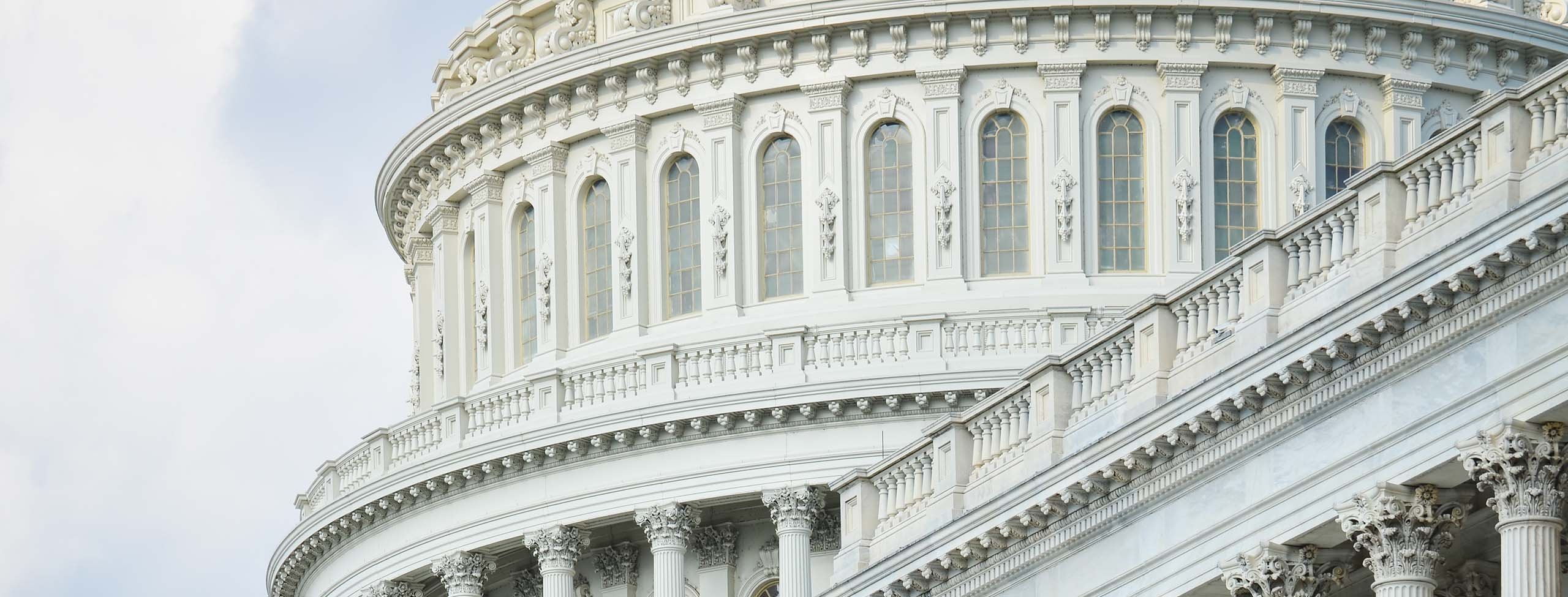
13 December 2023 • 6 minute read
Analyzing the Report from the House Select Committee on Strategic Competition between the US and the CCP
A look into Reset, Prevent, Build: A Strategy to Win America’s Economic Competition with the Chinese Communist PartyOn December 12, 2023, the House Select Committee on Strategic Competition between the United States and the Chinese Communist Party released its Report, Reset, Prevent, Build: A Strategy to Win America’s Economic Competition with the Chinese Communist Party
The 53-page Report highlights the Committee’s activities over the past year and proposes a comprehensive policy framework of 15 recommendations for Congress, the Executive Branch, and, in some places, trade partners and allies, organized under three pillars: Pillar I, Reset the Terms of Our Economic Relationship with the PRC; Pillar II, Stem the Flow of US Capital and Technology Fueling the PRC’s Military Modernization and Human Rights Abuses; and, Pillar III, Invest in Technological Leadership and Build Collective Economic Resilience in Concert with Allies.
The Report makes 15 topline recommendations and approximately 150 action items within those topline recommendations. Please click here for a downloadable PDF that lists all of the Report’s approximately 150 action items, the sectors they target, and the agencies or entity identified for enforcement. The 15 broad policy recommendations are[1]:
- Aggressively counter the PRC’s economic and trade strategy and the harm it inflicts on the United States and the global economy
- Create transparency into U.S. investment in the PRC, the recipients of that funding, and the risks associated with it
- Assess and prepare to respond to the economic, financial, and industrial impacts of potential future conflict with the PRC
- Prevent U.S. companies from being driven out of the U.S. market by market-distorting PRC products
- Require the U.S. government to prevent U.S. reliance on the PRC for advanced technology and to protect the U.S. market from harmful PRC technology
- Restrict U.S. investment in entities tied, directly or indirectly, to the PLA, critical technology sectors, or forced labor and genocide
- Strengthen export controls to restrict the flow of critical and emerging technologies to any entity in the PRC and stop currently uncontrolled dual-use commercial technology from going to the PRC
- Amend the Foreign Investment Risk Review Modernization Act of 2018 to give CFIUS the legal authorities, mandates, resources, and focus necessary to address the PRC threat to U.S. technology
- Strengthen U.S. research security and defend against malign talent recruitment
- Invest in American innovation and strategic sectors and create tax incentives to encourage private U.S. investment
- Execute a talent strategy to promote research and development in critical and emerging technologies and strengthen the defense industrial base
- Develop a positive economic agenda to encourage ally and partner countries to work collaboratively with the United States
- Create transparency into U.S. supply chain dependency for critical minerals and develop a package of investments, regulatory reforms, and tax incentives to reduce that dependency
- Authorize transparency measures, trade authorities, and reforms to reduce U.S. dependency on the PRC for pharmaceutical supply chains and
- Expand the U.S. toolkit for global development and strategic investments to counter the Belt and Road Initiative.
Members expressed disagreement at the Committee’s December 12 committee business meeting about how to strategically proceed with the recommendations. Chairman Gallagher proposed bringing legislation to the floor with the support of House leadership that would address 80 percent of the Report’s proposed solutions, but most of the rank and file, on a bipartisan basis, supported letting the committees of jurisdiction consider and address their respective pieces of the Report’s recommendations. Given this disagreement and the Committee’s absence of any legislative authority, we believe the Report will struggle to get traction as an omnibus, or even as piecemeal, legislation.
There are several aggressive recommendations in the report, however, that signal a bipartisan hawkish tone on China as we head into the election year. The Report’s suggestion to move the PRC to a new tariff column, and the Report’s statement that the US having “unfettered economic ties with the PRC poses a direct threat to U.S. national and economic security, financial stability, and values” are notable for their stark delineation of a bipolar worldview.
Under Pillar 1, Recommendation 2, the Report recommends Congress enact legislation similar to the Reveal Risky Business in China Act (H.R. 4451), requiring “large US public companies” to “disclose key risks related to the PRC and the expected effects of a sudden change in market access.” The recommendation specifically highlights the importance of “transparency for investors” and suggests requiring annual disclosure of:
- details regarding material ties to the CCP
- supply chain
- profit from the PRC and,
- the company’s preparation for and ability to withstand the sudden loss of market access that could result from a conflict in the region.
Though Congressional action on the specific items in the Report is likely not imminent, the Report highlights that geopolitical risk, particularly when it comes to operating in China, is becoming an increasingly necessary factor for companies to consider when focusing on governance, risks, and operational resiliency.
Our Congressional Investigations team can help clarify the US-China policy landscape, and we can walk you through our assessment of the likelihood of any of the 150 action items coming to fruition. And of course, our National Security and Global Trade teams are available to help you think through how the recommendations in this report may affect your global business, any potential acquisitions, and any investments you are considering. Please contact the authors or any member of our team to learn more.
[1] Recommendations language is taken verbatim from the Report, available at: https://selectcommitteeontheccp.house.gov/sites/evo-subsites/selectcommitteeontheccp.house.gov/files/evo-media-document/reset-prevent-build-scc-report.pdf

